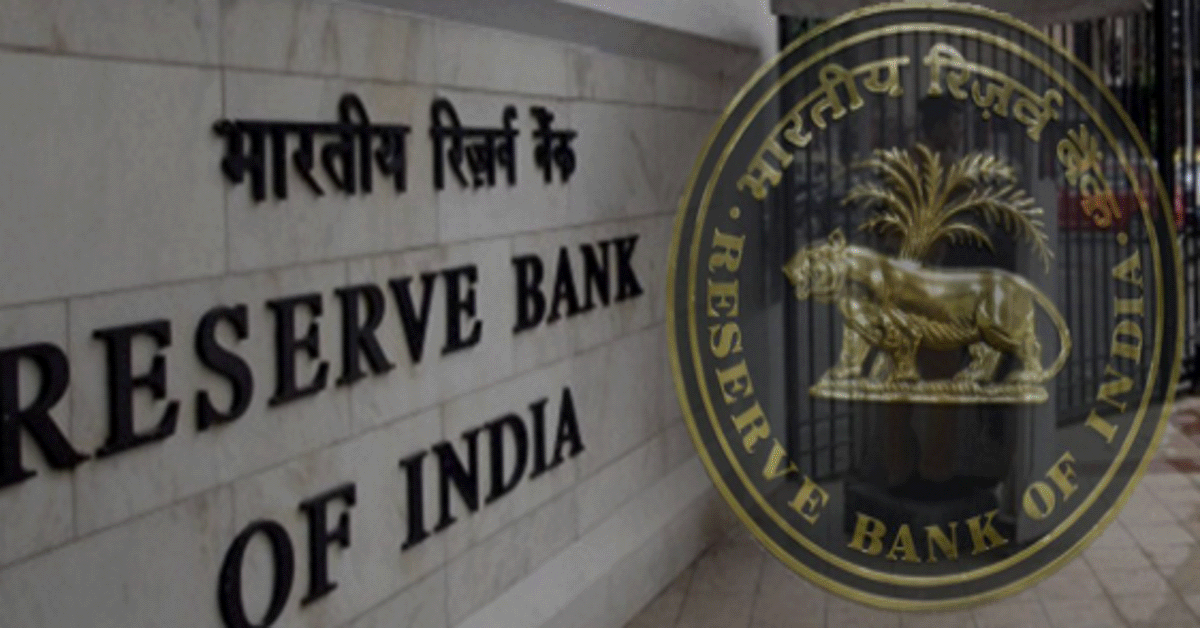The US Federal Reserve has taken a surprising step by lowering its interest rates by 50 basis points, reducing the rate to a range of 4.75% to 5%. This marks the Fed’s first rate cut since 2020 and represents a notable shift in global monetary policy. The move is creating significant waves in financial markets worldwide and poses new challenges for central banks, including the Reserve Bank of India (RBI).
Currently, the RBI’s repo rate is set at 6.5%, which is higher than the Fed’s new range. This discrepancy underscores the widening gap in monetary policies between the US and other major economies. Similarly, the European Central Bank (ECB) and the Bank of Canada have been trimming their rates this year, with the ECB having cut its short-term rate twice and the Bank of Canada also lowering its key rate recently. The Bank of England has joined this trend as well. It is expected that other central banks around the world may follow suit and reduce their rates too.
For the Fed, this rate cut signals a significant policy shift. The Fed plans to implement further cuts in the near future, aiming for a total reduction of about 200 basis points by 2026. This aggressive stance could have substantial effects on the RBI and its monetary policy. The Fed’s future plans include additional rate cuts of 50 basis points by the end of this year and more reductions over the next two years.
Governor Shaktikanta Das of the RBI faces a challenging situation. With global central banks easing their policies, the RBI must carefully navigate its own objectives. The RBI’s primary focus remains controlling inflation, which is projected to be 4.5% for the fiscal year 2024-25. The RBI aims to keep inflation within a target range of 4%, plus or minus 2%. Despite the global trend towards lower rates, the RBI’s room for maneuvering with rate cuts is limited.
As of August, India’s Consumer Price Index (CPI), which measures retail inflation, stood at 3.6%. Although this is below the RBI’s target, it requires ongoing monitoring. Significant changes in interest rates by the Fed or other central banks could further complicate the RBI’s efforts to balance inflation control with economic growth support.
Historically, the Fed has taken bold actions during economic downturns. For example, during the 2008 financial crisis, the Fed cut rates to near-zero levels and engaged in quantitative easing to stimulate the economy.
The current global trend of rate cuts presents several challenges for the RBI. If more central banks lower their rates, India might experience increased capital inflows as investors seek higher returns in emerging markets. While this could boost the stock and debt markets, it also poses risks for currency management. An appreciating rupee against the US dollar could negatively impact Indian exports, adding complexity to the RBI’s task.
The Fed’s recent rate cut and its future plans to lower rates further put the RBI in a difficult position. The RBI must navigate these global shifts while staying focused on controlling inflation and supporting the Indian economy.

